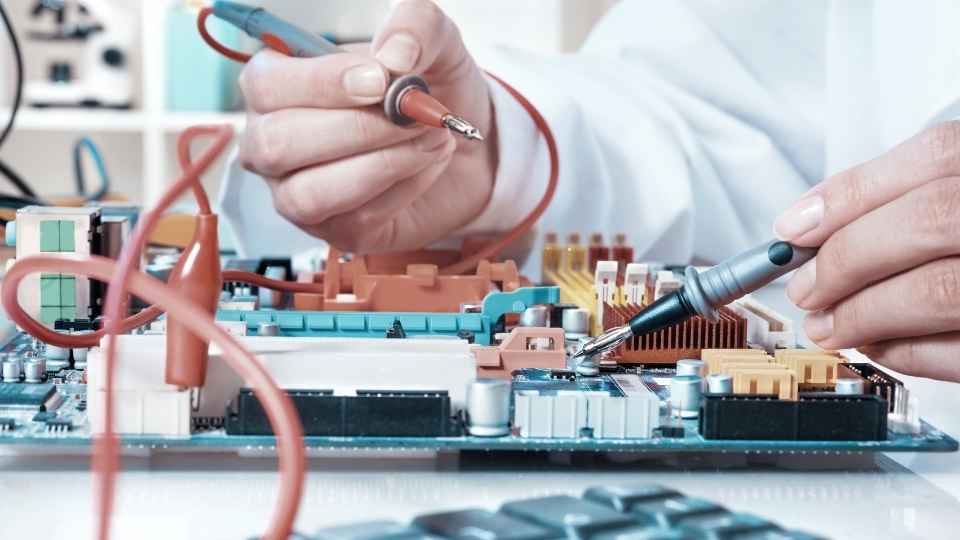
Robotic surgery, the revolutionary technique reshaping modern medicine, is revolutionizing patient care. With its precise and accurate approach, this cutting-edge technology enhances surgical procedures, improving patient outcomes and recovery times.
This article analyzes the benefits and limitations of robotic surgery while delving into the latest advancements in surgical robotics. Addressing safety concerns and ensuring patient well-being remain paramount in this ever-evolving field.
Join us as we explore the potential implications and challenges that lie ahead in the future of robotic surgery, providing an informative glimpse into its transformative impact on healthcare.
Key Takeaways
- Robotic surgery allows for minimally invasive procedures with smaller incisions, reducing tissue damage and blood loss.
- Advancements in surgical technology, such as high-definition cameras and magnification capabilities, enhance surgical precision and visualization.
- Robotic instruments provide enhanced dexterity and flexibility, allowing surgeons to access hard-to-reach areas and make precise micro-movements.
- Robotic surgery improves patient outcomes by improving surgical technique, reducing recovery times, and providing tools for complex procedures with precision and control.
The Evolution of Robotic Surgery in Modern Medicine
The evolution of robotic surgery in modern medicine has brought about significant advancements in patient care, revolutionizing the way surgeries are performed. Robotic surgery involves the use of robotic systems to assist surgeons during procedures, providing them with enhanced precision and control.
The first robotic surgical system, known as the da Vinci Surgical System, was approved by the FDA in 2000 and since then, it has been increasingly adopted by hospitals worldwide. This technology allows surgeons to perform minimally invasive procedures with smaller incisions, resulting in reduced pain and faster recovery times for patients.
Additionally, robotic surgery offers improved visualization through high-definition cameras and magnification capabilities that enhance surgical precision. These advancements have led to safer surgeries and better outcomes for patients.
Transitioning into the subsequent section on enhancing precision and accuracy: With its ability to provide enhanced control and visualization, robotic surgery has significantly improved precision and accuracy in surgical procedures.

Enhancing Precision and Accuracy in Surgical Procedures
Advancements in surgical technology have paved the way for enhancing precision and accuracy in surgical procedures. These innovations aim to improve surgical outcomes by minimizing human error and enhancing surgical technique.
Improved Surgical Outcomes
Enhanced precision and control provided by robotic surgery has led to significant improvements in surgical outcomes. Robotic surgical systems, such as the da Vinci Surgical System, offer surgeons advanced tools that allow for more accurate and precise movements during procedures. This level of precision translates into reduced tissue damage, minimized blood loss, and faster recovery times for patients.
Additionally, robotic surgery enables surgeons to access hard-to-reach areas within the body with greater ease. The enhanced visualization provided by the system allows for better identification of critical structures, reducing the risk of complications during surgery. With improved surgical outcomes, patients can experience fewer post-operative complications and a higher likelihood of successful treatment.
Robotic surgery continues to advance patient care by providing surgeons with the tools they need to perform complex procedures with enhanced precision and control.
Minimizing Human Error
By reducing the potential for human error, advancements in surgical technology contribute to improved patient outcomes.
Robotic surgery has emerged as a significant breakthrough in modern medicine, offering surgeons enhanced precision and control during procedures. The use of robotic systems allows for smaller incisions, reduced blood loss, and faster recovery times compared to traditional open surgeries.
By utilizing robotic arms controlled by skilled surgeons, there is a decreased risk of accidental tissue damage or unintended movements. Additionally, the incorporation of advanced imaging technologies enables surgeons to visualize the surgical site with greater clarity and accuracy.
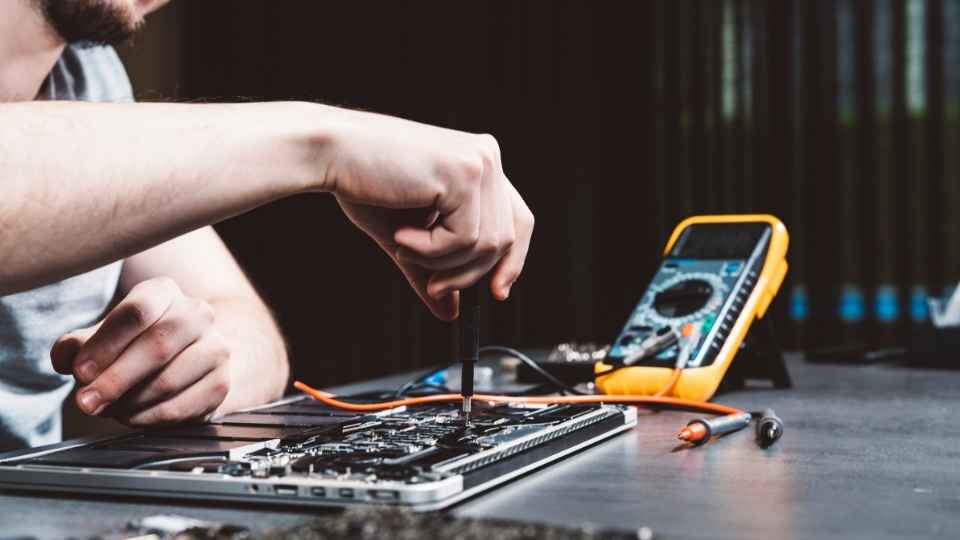
These advancements have resulted in improved patient safety and reduced complications post-surgery. Minimizing human error through the integration of robotic technology ensures that patients receive optimal care while allowing medical professionals to perform complex procedures with confidence and precision.
Enhanced Surgical Technique
The utilization of cutting-edge techniques in surgical procedures has revolutionized the field of medicine. Robotic surgery, in particular, has significantly enhanced surgical techniques, leading to improved patient outcomes and faster recovery times.
Here are three ways robotic surgery is advancing patient care:
Precision: Robotic systems allow surgeons to perform complex procedures with increased precision and accuracy. The use of high-resolution cameras and robotic arms provides a magnified view and precise movements, reducing the risk of human error.
Minimally invasive approach: Robotic surgery enables surgeons to make smaller incisions compared to traditional open surgeries. This minimally invasive approach results in less pain, reduced scarring, shorter hospital stays, and faster healing for patients.
Enhanced dexterity: With the help of robotic instruments that can rotate 360 degrees and mimic human hand movements with greater flexibility, surgeons can navigate tight spaces more easily during surgeries, enabling them to access hard-to-reach areas with improved dexterity.
Improving Patient Outcomes and Recovery Times
One notable achievement in robotic surgery is the significant improvement observed in patient outcomes and recovery times, which has revolutionized modern medicine.
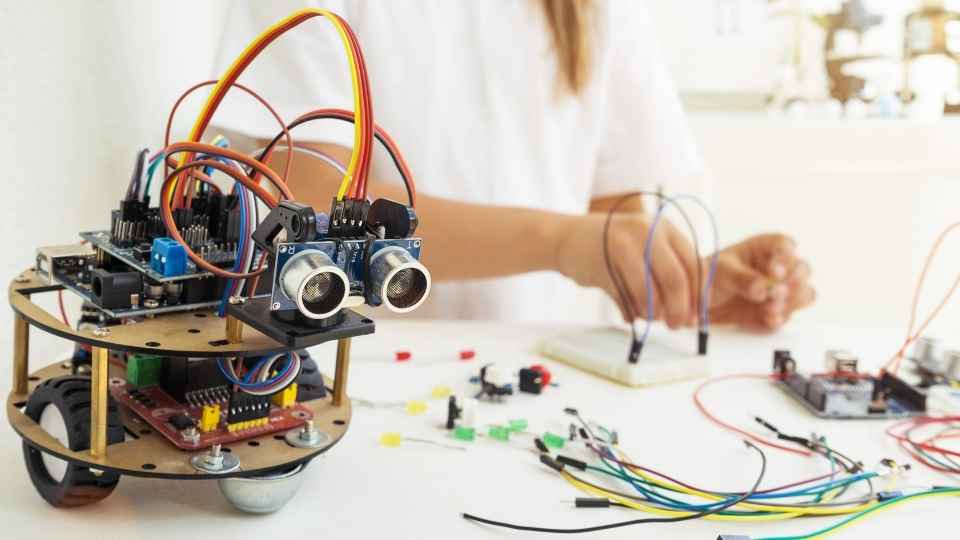
Robotic surgical systems have enabled surgeons to perform procedures with greater precision and control, resulting in reduced complications and improved patient outcomes. The use of robotic technology allows for smaller incisions, minimizing blood loss and reducing the risk of infection.
Additionally, the enhanced visualization provided by robotic systems allows surgeons to navigate complex anatomical structures more accurately, leading to fewer errors during surgery. As a result of these advancements, patients undergoing robotic surgery experience shorter hospital stays and faster recovery times compared to traditional open surgeries.
This not only improves their overall quality of life but also reduces healthcare costs associated with prolonged hospital stays.
Exploring the Benefits and Limitations of Robotic Surgery
Robotic surgery has revolutionized the field of medicine, offering numerous benefits and limitations.
The use of robotic systems in surgery allows for improved surgical precision, resulting in better outcomes for patients. Additionally, robotic-assisted procedures often lead to faster patient recovery times.
However, it is important to consider potential safety concerns associated with this technology.
Improved Surgical Precision
With its enhanced dexterity and accuracy, robotic surgery has significantly improved surgical precision in modern medicine. Surgeons can now perform complex procedures with greater control and precision, resulting in improved patient outcomes.

Here are three ways robotic surgery is advancing surgical precision:
Enhanced Visualization: Robotic systems provide high-definition 3D imaging, allowing surgeons to see minute details during a procedure. This improved visualization helps them navigate delicate anatomical structures more accurately.
Tremor Filtration: Robotic instruments have the ability to filter out hand tremors, ensuring steady movements during surgery. This eliminates the risk of unintended tissue damage caused by surgeon's tremors.
Microscopic Movements: The robotic arms can make precise micro-movements that human hands cannot replicate consistently, leading to more accurate suturing and tissue manipulation.
Robotic surgery's enhanced precision is revolutionizing various fields of medicine, enabling surgeons to perform complex procedures with unprecedented accuracy and improving patient care outcomes.
Faster Patient Recovery
By expediting the healing process, faster patient recovery is one of the notable benefits attributable to the advancements in surgical precision. Robotic surgery has revolutionized patient care by allowing surgeons to perform complex procedures with enhanced accuracy and efficiency. The use of robotic systems enables surgeons to make smaller incisions, resulting in reduced trauma to surrounding tissues and organs. This minimally invasive approach leads to shorter hospital stays, decreased postoperative pain, and faster return to normal daily activities for patients. Moreover, robotic surgery offers improved visualization and magnification capabilities, enabling surgeons to navigate anatomical structures with greater precision. These advancements contribute significantly to quicker patient recovery times compared to traditional open surgeries.
However, while the benefits of robotic surgery are evident, it is crucial also to discuss potential safety concerns associated with this innovative technology.
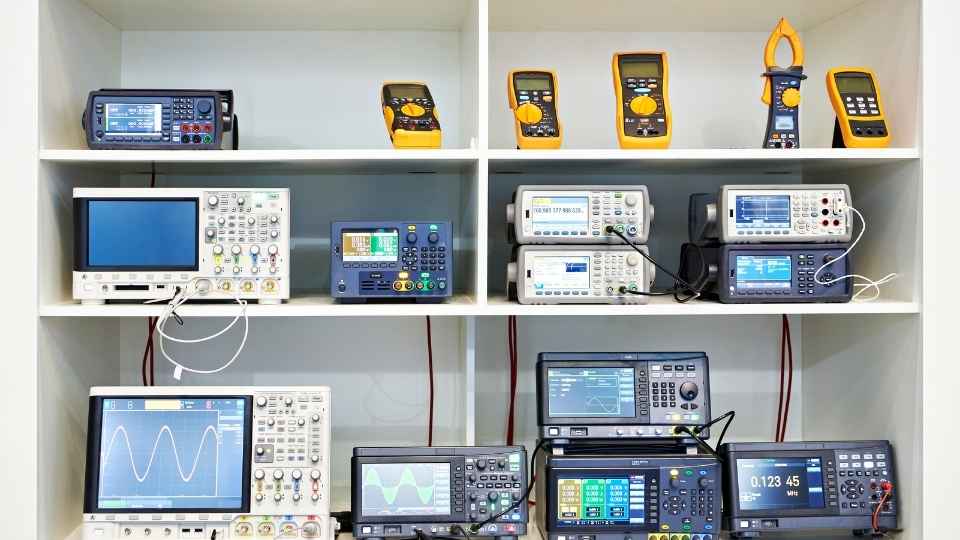
Transition: Despite its numerous advantages in facilitating faster patient recovery, robotic surgery poses potential safety concerns that need careful consideration.
Potential Safety Concerns
Robotic surgery has undoubtedly revolutionized patient care in modern medicine, but like any medical intervention, it comes with potential safety concerns. While the benefits of robotic surgery are well-documented, it is important to be aware of the risks involved.
Here are three potential safety concerns associated with robotic surgery:
Technical malfunctions: Robotic systems are intricate and rely heavily on technology. Any malfunction or technical error can jeopardize patient safety and compromise surgical outcomes.
Lack of tactile feedback: Unlike traditional open surgeries where surgeons have direct tactile feedback, robotic systems provide limited haptic feedback. This absence of touch sensation can make it challenging for surgeons to accurately assess tissue resistance and perform delicate maneuvers.
Surgeon training and experience: The learning curve for mastering robotic surgical techniques can be steep. Inadequate training or insufficient experience may increase the risk of errors and complications during procedures.
While these safety concerns exist, they should not overshadow the numerous benefits that robotic surgery offers in terms of precision, minimal invasiveness, faster recovery times, and improved patient outcomes.
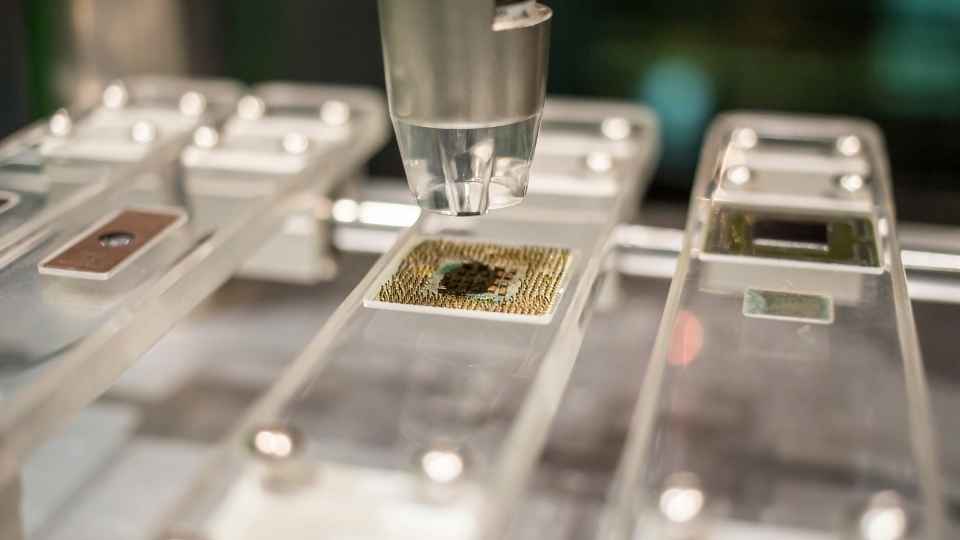
Advancements in Surgical Robotics: A Look at Cutting-edge Technologies
The field of surgical robotics is constantly evolving, with cutting-edge technologies paving the way for advancements in patient care and surgical procedures. These innovative technologies are revolutionizing the way surgeries are performed by providing surgeons with enhanced precision, control, and visualization during procedures.
One such advancement is the use of robotic arms equipped with specialized instruments that can be controlled remotely by surgeons. This allows for minimally invasive procedures, resulting in reduced trauma to patients, shorter hospital stays, and faster recovery times. Additionally, advanced imaging techniques such as 3D imaging and augmented reality are being integrated into surgical robots to provide surgeons with a more accurate view of the surgical site. These technological advancements not only improve patient outcomes but also expand the capabilities of surgeons to perform complex procedures.
While these cutting-edge technologies offer significant benefits in patient care and surgical procedures, it is essential to address safety concerns and ensure patient well-being throughout the process.
Addressing Safety Concerns and Ensuring Patient Well-being
To ensure the highest standard of safety and patient well-being, it is imperative to address any potential risks and implement rigorous protocols when incorporating these advanced technologies into surgical procedures.
Here are three key considerations to ensure the safe integration of robotic surgery:
Comprehensive training: Surgeons and operating room staff must receive thorough training on how to use the robotic system properly. This includes understanding its capabilities, limitations, and potential risks.
Procedural guidelines: Clear guidelines should be established for selecting appropriate patients for robotic surgery, as not all cases may be suitable for this technology. Additionally, protocols should be in place to handle any complications or emergencies that may arise during a robotic procedure.

Continuous monitoring and evaluation: Regular assessments of outcomes and safety data are essential to identify any trends or areas for improvement in robotic surgery practices. This ongoing monitoring helps ensure that patient well-being remains at the forefront of these advancements.
The Future of Robotic Surgery: Potential Implications and Challenges
Robotic surgery has revolutionized the field of medicine, and its future holds even greater potential. As technology continues to advance, the implications and challenges of robotic surgery are becoming increasingly apparent.
One potential implication is the expansion of surgical capabilities. Robotic systems have the potential to perform complex procedures with precision and accuracy that surpasses human capabilities. This could lead to improved patient outcomes and reduced recovery times.
However, there are also challenges that must be addressed. One major challenge is the cost of implementing robotic surgery systems. These advanced technologies come with a hefty price tag, making them inaccessible for many healthcare institutions.
Additionally, concerns regarding the training and expertise required to operate robotic systems need to be considered. Surgeons will need specialized training to ensure safe and effective use of these technologies.
The future of robotic surgery is promising but comes with its own set of challenges that need careful consideration in order to fully harness its potential benefits for patients.
Frequently Asked Questions
What Are the Potential Risks and Complications Associated With Robotic Surgery?
Potential risks and complications associated with robotic surgery include infection, bleeding, damage to surrounding organs or tissues, longer operating times, technical failures, and the need for additional surgeries. These risks should be discussed with patients prior to undergoing the procedure.
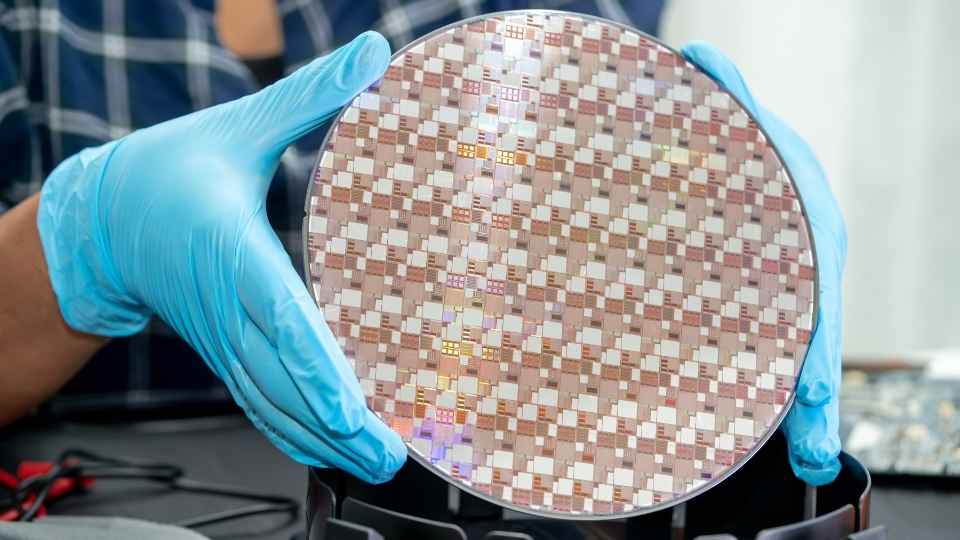
How Does Robotic Surgery Compare to Traditional Open Surgery in Terms of Cost?
Robotic surgery offers potential cost advantages compared to traditional open surgery. Factors influencing costs include initial investment, maintenance, and training. However, further research is needed to fully evaluate the long-term cost-effectiveness of robotic surgery in comparison to other surgical approaches.
Are There Any Specific Patient Populations or Conditions That Are Not Suitable for Robotic Surgery?
Certain patient populations or conditions may not be suitable for robotic surgery due to factors such as anatomical complexities, severe obesity, or extensive scarring. A thorough evaluation by a surgeon is necessary to determine the appropriateness of robotic surgery in each case.
The length of time it takes for surgeons to become proficient in performing robotic surgeries can vary depending on the individual's prior experience and training. It typically involves a period of specialized training and hands-on practice with the robotic system.
Robotic surgery technology has revolutionized patient care in modern medicine by enabling various types of procedures and surgeries. Its precise and minimally invasive approach has expanded the possibilities for treatment across multiple medical specialties, improving outcomes and reducing recovery time.
 Basic Electronics ConceptsEssential ToolsCircuit Design BasicsMicrocontrollersDIY Electronics ProjectsRoboticsPrivacy PolicyTerms And Conditions
Basic Electronics ConceptsEssential ToolsCircuit Design BasicsMicrocontrollersDIY Electronics ProjectsRoboticsPrivacy PolicyTerms And Conditions
